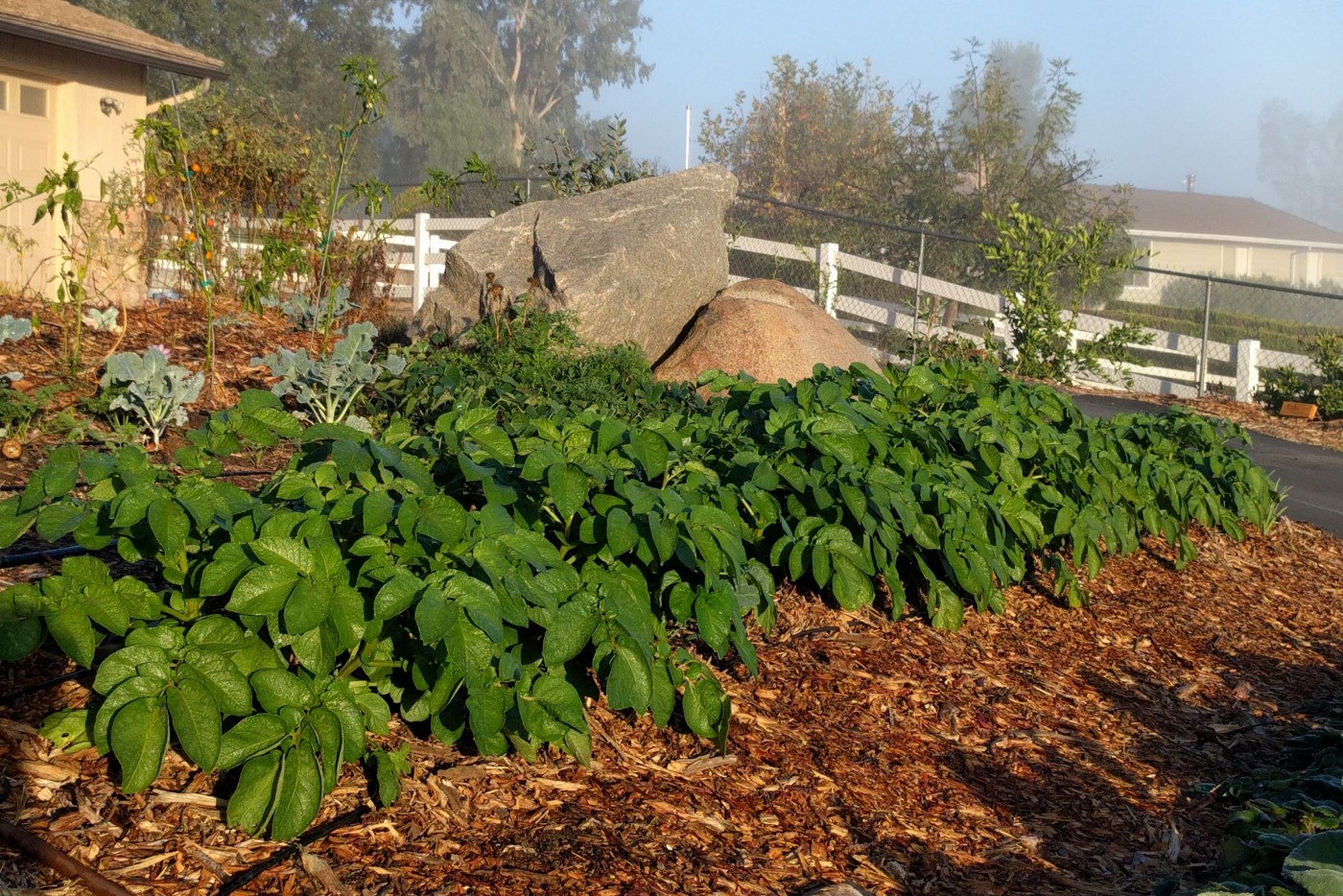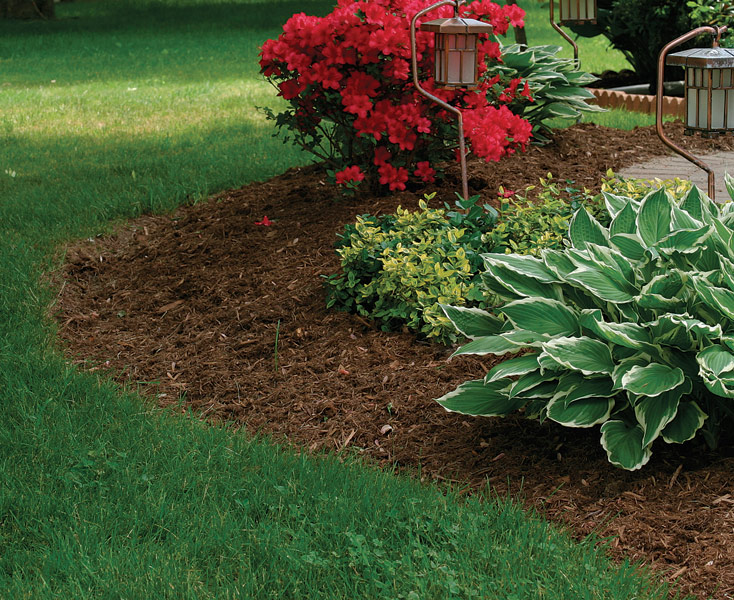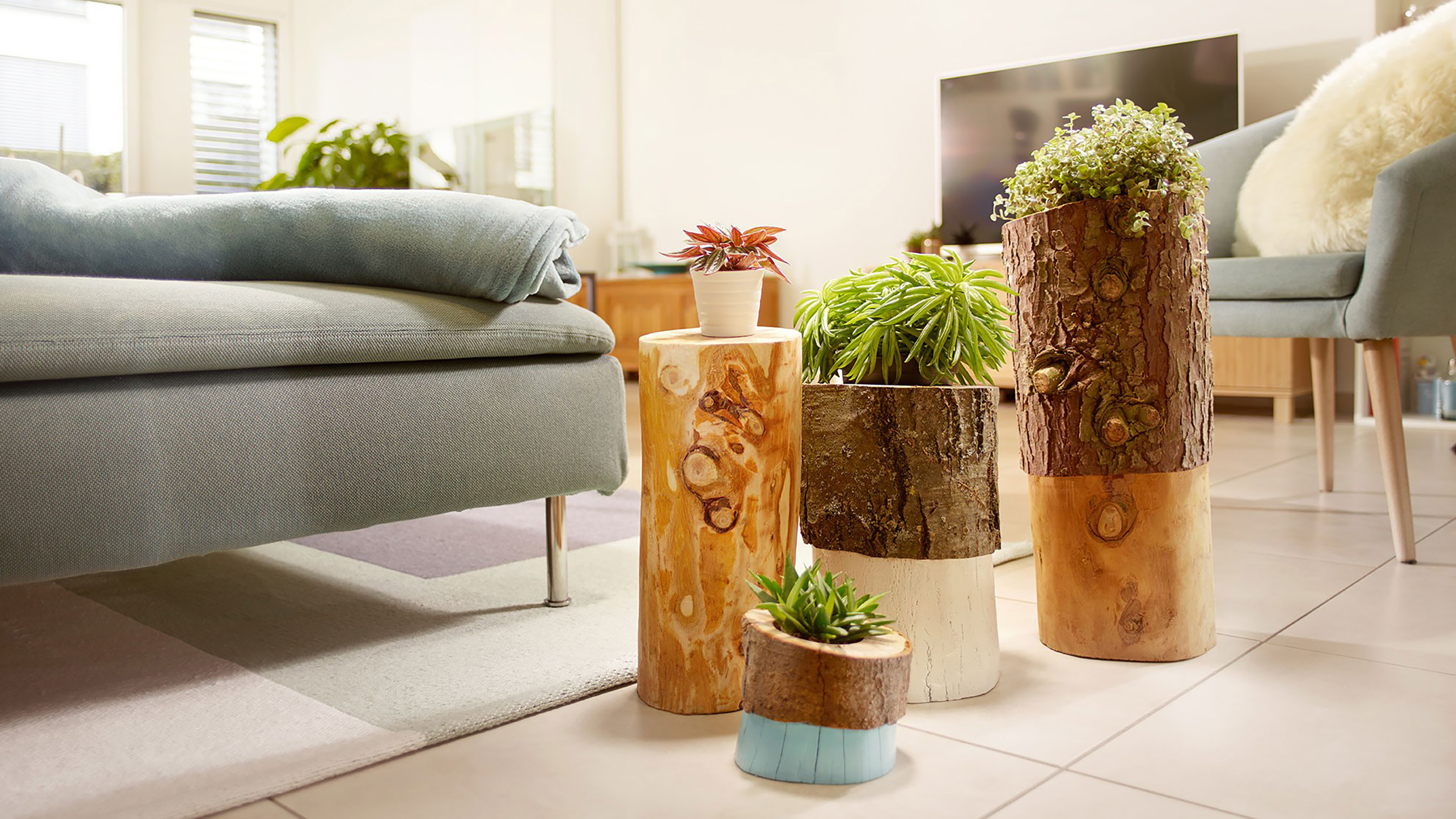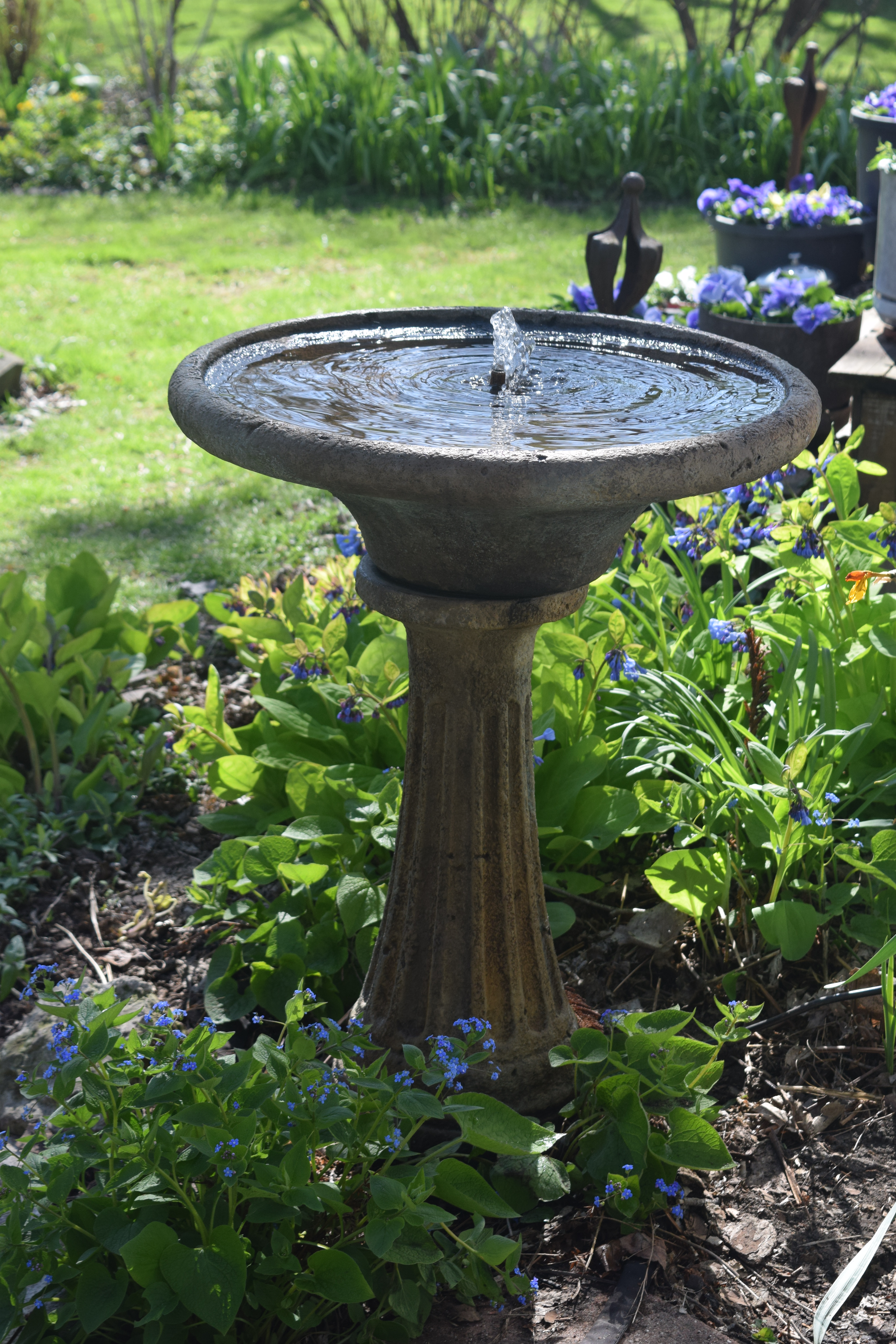Wood Ecology Mulch: The Best Mulch For Your Garden
Mulch is a layer of material that is spread on top of the soil in gardens and landscaping. It has many benefits, including suppressing weeds, conserving moisture, and improving soil health. There are many different types of mulch available, but wood ecology mulch is one of the best options.
Wood ecology mulch is made from recycled wood chips. These wood chips are processed in a way that preserves the natural nutrients and beneficial microbes in the wood. This makes wood ecology mulch a very sustainable and environmentally friendly choice.
In addition to being sustainable, wood ecology mulch also has a number of other benefits. It is very effective at suppressing weeds. The wood chips create a physical barrier that prevents weeds from germinating. They also help to shade the soil, which prevents weed seeds from getting the sunlight they need to grow.
Wood ecology mulch also helps to conserve moisture. The wood chips help to slow down the evaporation of water from the soil. This is especially beneficial in hot, dry climates. Wood ecology mulch also helps to improve soil health. The wood chips break down over time, adding organic matter to the soil. This helps to improve the drainage, aeration, and nutrient-holding capacity of the soil.
If you are looking for a sustainable, effective, and affordable mulch for your garden, then wood ecology mulch is a great option. It is easy to apply and maintain, and it will provide your plants with many benefits.
Here are some additional benefits of using wood ecology mulch:
- It helps to regulate soil temperature, keeping it cooler in the summer and warmer in the winter.
- It provides habitat for beneficial insects and other wildlife.
- It can help to reduce noise pollution.
- It can improve the appearance of your garden.
If you are considering using wood ecology mulch, there are a few things you should keep in mind:
- Choose a type of wood ecology mulch that is appropriate for your climate. Some types of wood chips, such as pine bark, can be acidic, so they are not a good choice for plants that prefer alkaline soil.
- Apply the mulch in a layer that is 2-4 inches thick. This will help to suppress weeds and conserve moisture.
- Reapply the mulch as needed, especially after heavy rains or snowfall.
Overall, wood ecology mulch is a great choice for gardens and landscaping. It is sustainable, effective, and affordable. If you are looking for a mulch that will benefit your plants and your garden, then wood ecology mulch is a good option to consider.
Wood ecology mulch is a great way to improve the health of your plants and soil. It helps to retain moisture, suppress weeds, and attract beneficial insects. If you're interested in learning more about wood ecology mulch, I recommend visiting Home Gardening.
FAQ of wood ecology mulch
- What is wood ecology mulch?
Wood ecology mulch is a type of mulch made from wood chips, bark, or other wood byproducts. It is a natural, sustainable, and environmentally friendly mulch that can help improve soil health, reduce water evaporation, and suppress weeds.
- What are the benefits of using wood ecology mulch?
There are many benefits to using wood ecology mulch, including:
* Improves soil health: Wood mulch helps to improve soil structure and aeration, which can help plants grow better. It also helps to retain moisture in the soil, which can help plants during dry periods.
* Reduces water evaporation: Wood mulch helps to reduce water evaporation from the soil, which can save you money on water bills.
* Suppresses weeds: Wood mulch helps to suppress weeds by blocking out sunlight and providing a physical barrier.
* Attracts beneficial insects: Wood mulch can attract beneficial insects, such as earthworms and ladybugs, which can help to control pests.
* Improves the appearance of your garden: Wood mulch can help to improve the appearance of your garden by adding a layer of color and texture.
- How do I use wood ecology mulch?
To use wood ecology mulch, simply spread it around the base of your plants. The thickness of the mulch layer will depend on the type of plants you have, but a good rule of thumb is to spread it 2-3 inches thick.
- What are some of the disadvantages of using wood ecology mulch?
There are a few potential disadvantages to using wood ecology mulch, including:
* It can be expensive, especially if you buy it pre-made.
* It can be difficult to find, depending on where you live.
* It can attract pests, such as termites and carpenter ants.
* It can break down over time, which can release nutrients into the soil that can be harmful to some plants.
- Is wood ecology mulch safe for plants?
Yes, wood ecology mulch is safe for plants. However, it is important to choose the right type of mulch for your plants. For example, some plants, such as rhododendrons and azaleas, prefer acidic soil, so you would want to use a wood mulch that is acidic.
- How often do I need to reapply wood ecology mulch?
The frequency with which you need to reapply wood ecology mulch will depend on how thick you spread it initially and how quickly it breaks down. In general, you will need to reapply it every few years.
Image of wood ecology mulch
10 different images of wood ecology mulch that are free to use:
- Image 1: A pile of wood chips in a garden.

- Image 2: A close-up of wood chips, showing the different colors and textures.

- Image 3: A bed of flowers mulched with wood chips.

- Image 4: A path lined with wood chips.
- Image 5: A tree trunk mulched with wood chips.

- Image 6: A vegetable garden mulched with wood chips.

- Image 7: A shrub bed mulched with wood chips.

- Image 8: A flowerpot filled with wood chips.

- Image 9: A birdbath surrounded by wood chips.

- Image 10: A wood chip compost pile.
Post a Comment for "Wood Ecology Mulch: The Best Mulch For Your Garden"